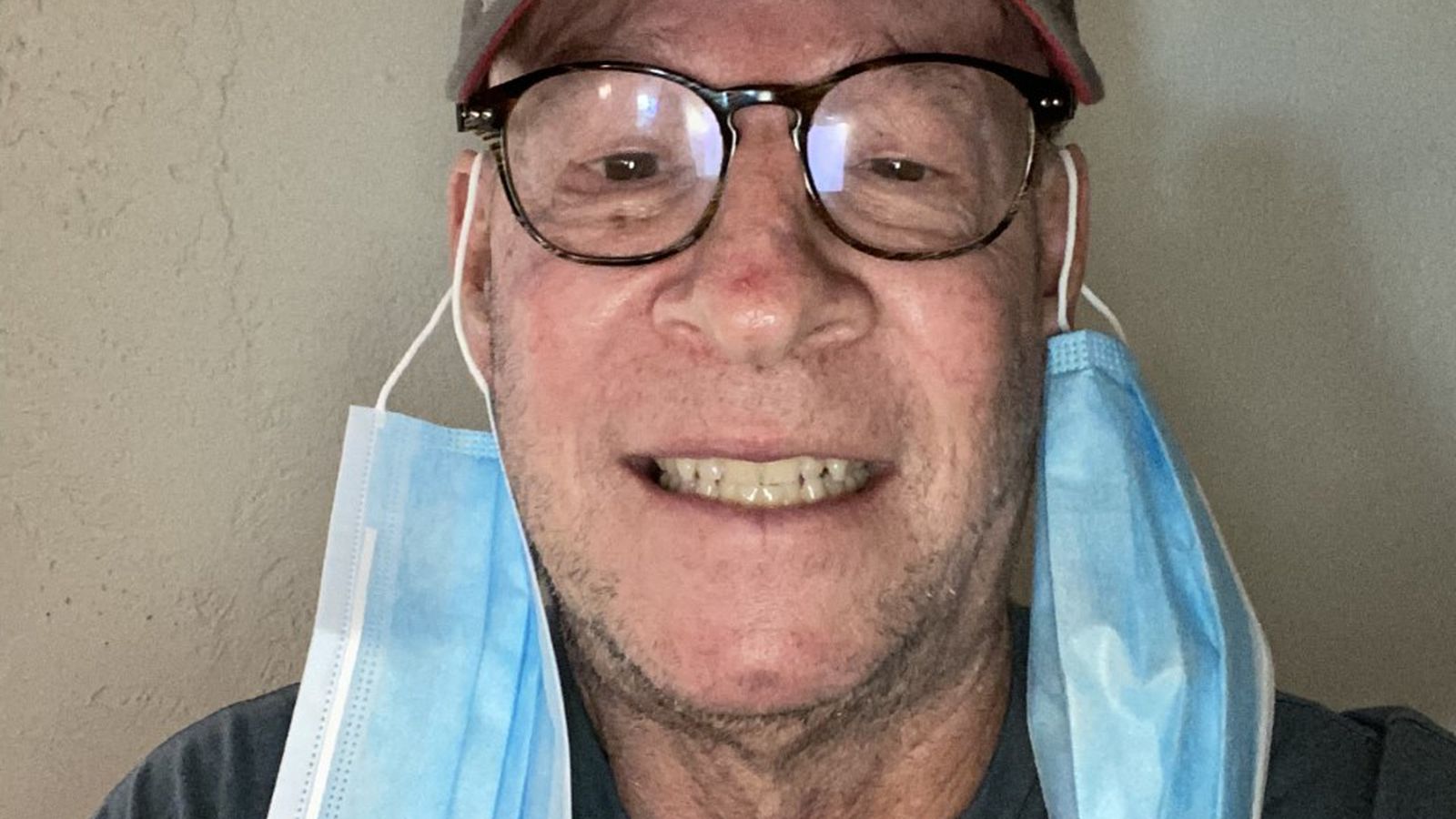
Roy Peter Clark from his retirement event at The Poynter Institute.

Roy Peter Clark wrote about the joy of wearing masks for the Tampa Bay Times.
Now add those who popped into Clark’s breakout session at last week’s 2021 Power of Narrative conference, hosted by Boston University. We gathered a few highlights from Clark’s session, “A booster shot for writers: Lessons learned from a year of writing pandemically.” (Take-aways from the opening keynote conversation of the conference can be found here.)
“I have written more productively than any other year,” Roy Peter Clark told the Zoom crowd. While reporting trips were curtailed and budgets shifted to cover the global pandemic, his pre-COVID writing practices held true.
Make hard facts easier to read
The most important tool for making hard facts simpler to read, Clark says, is right at your fingertips: Shorter words, shorter sentences, and shorter paragraphs at the points of greatest complexity. “When something is complex you divide it up into more digestible sections,” he says, and you make effective use of the period – what the Brits call a full stop. These shorter, digestible chunks slow down the reader’s pace to make complex material understandable.
Make important stories interesting
Clark has developed a working definition of news judgment: the ability to explore the seemingly random events of the day, find the ones that are most interesting and most important. “Sometimes news comes from things that are interesting and sometimes it comes from important.”
No matter how seemingly dull the topic is (mortgage interest rates, investing in GameStop) there is a person out there who can make it come alive. “If you can tap into the passion of that human being, and you can get that person to tell stories to you, to interview that person in a way that they share elements of narrative that can become your elements of writing, that is gold.”
Mix reports and narrative elements
Too often the narrative elements in a story stop with the lede – which can feel like a bait and switch to a reader, Clark says. By creating threads of narrative elements in informational stories woven into the beginning, middle and end, you can lead the reader along through complex information.
“What we’re doing is creating a virtual experience, not the transfer of information,” he adds. While the purpose of a report is to point you there, the purpose of a story is to put you there. A story is a form of transportation: back in time, into some other world or into the future.
Take the basic elements of reporting: what, where, when, why, and how. They exist in stories but they have to be unfrozen. For stories, who becomes character. What becomes the action of a story, a sequence of scenes for the reader to follow. Where becomes setting. And when becomes a time in action, which we call chronology.
The most significant thing he’s learned as a writer and teacher this past year
Clark held up the front page of The New York Times from February 21, 2021, with the headline: U.S. Virus Deaths Nearing 500,000. It led a page-filling graphic of dots, with each dot representing a person lost to COVID. News is not just about the transmission of information; he says. Rather, news is the collective ritual of community, identity and celebration. And in this case, it’s also about the collective experience of mourning and loss.
Clark says he’s thinking more and more about the way we are changing and adapting to loss: “There are plenty of journalists delivering the information but I’m trying to help them think about how we’ve been living our lives — what’s the value of our new appreciation and gratitude for things in our lives that maybe seem inconsequential in the past. These are things that reports make clear and stories make powerful.”
You can watch the full recording of Clark’s session here:
***
Katharine Gammon is a science journalist based in Santa Monica, California. Her story interests range from culture and nature in public lands to the lives of scientists to the complexity of baby brains.
